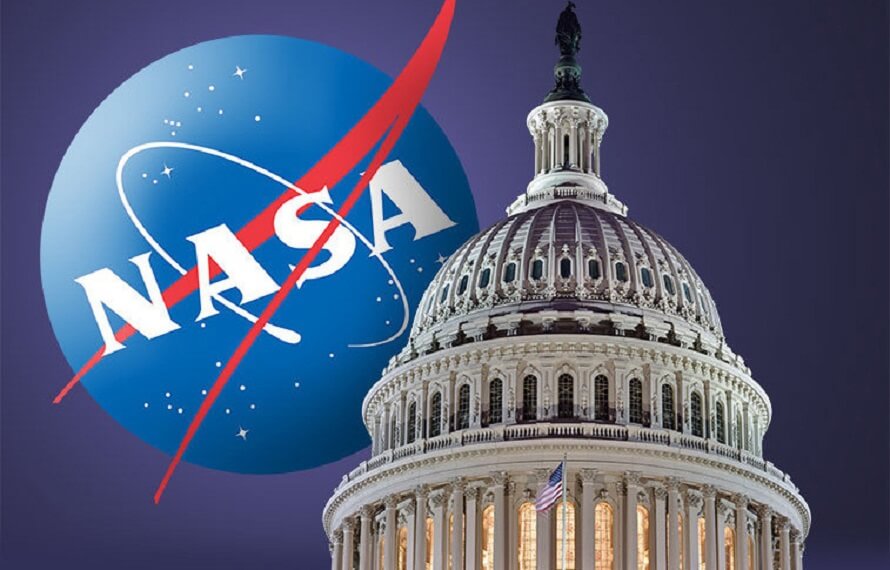
Omnibus spending bill includes $24 billion for NASA for 2022 (Image Credit: Space News)

WASHINGTON — House and Senate appropriators completed work March 9 on an omnibus spending bill for fiscal year 2022 that would give NASA a little more than $24 billion, $760 million below the administration’s request.
The spending bill, which funds the federal government for a fiscal year that started the previous Oct. 1, provides $24.041 billion for NASA. The agency’s original request last spring sought $24.8 billion for the agency. NASA received $23.271 billion in fiscal year 2021.
The largest cut came in NASA’s space technology directorate. The administration sought $1.425 billion for space technology, but the omnibus bill instead funds it at $1.1 billion, the same amount as 2021. It also directs $110 million of that funding to nuclear thermal propulsion development, which was not included in the administration’s proposal.
Appropriators also cut $317 million from various science programs in the final bill as compared to the request, although overall funding of $7.614 billion is still more than $300 million above what they received in 2021.
The report accompanying the bill provides mixed messages on NASA’s Stratospheric Observatory for Infrared Astronomy (SOFIA), an airborne observatory that NASA sought to cancel in the request. “The agreement notes all recommendations of Astro2020,” it states, a reference to the astrophysics decadal survey released last November that recommended NASA terminate the program because of its high operating costs and “modest scientific productivity.”
However, the report still allocated $85.2 million, or full funding, “from within current and prior year resources to continue SOFIA operations in fiscal year 2022.” The House version of the spending bill last July funded SOFIA, while the Senate version did not mention it.
The omnibus bill includes $1.195 billion for NASA’s Human Landing System (HLS) program to develop a lunar lander version of SpaceX’s Starship vehicle for the Artemis 3 and potentially future missions. That is the funding NASA requested, although House offered $150 million more and the Senate $100 million more in their individual bills.
The report does not include a requirement the Senate version included for NASA to select a second HLS provider. Instead, it directs NASA to provide a report within 30 days of enactment “explaining how it will ensure safety, redundancy, sustainability, and competition in the HLS program within the resources provided by this Act and included in the fiscal year 2023 budget request.”
The bill also provides full funding, $101.1 million, for NASA’s commercial low Earth orbit development effort. The Senate bill provided the same funding while the House version provided less than half that amount. That program supports work on commercial space stations intended to succeed the International Space Station by the end of the decade.
Language in the report restricts funding on several programs, including HLS, commercial LEO development, the lunar Gateway and other advanced exploration initiatives, to 40% of allocated levels until NASA submits a multiyear plan for the Artemis effort to Congress. That plan must include the schedule of Space Launch System launches for building the Gateway, additional scientific activities on the moon and “the commencement of partnerships with commercial entities for additional LEO missions to land humans and rovers on the Moon.” The funding limitation does not apply to the SLS, Orion or Exploration Ground Systems programs.
The House is expected to vote on the omnibus spending bill March 9. However, because of doubts that the bill can also pass the Senate before the existing continuing resolution (CR) that funds the government expires March 11, Congress is also planning to pass a four-day CR to fund the government through March 15.








